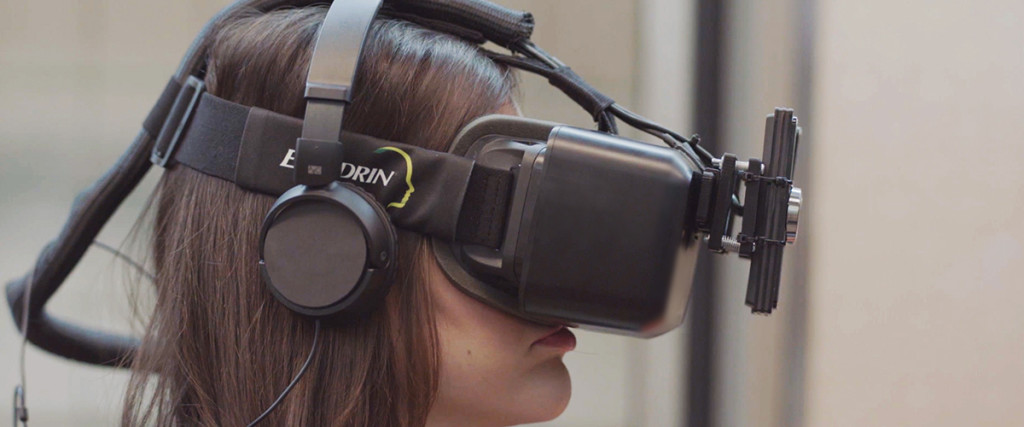Although over 36 million people in the U.S. suffer from migraine headaches, those who don’t have a hard time understanding what it’s like. Migraines include severe head pain but can also include sensitivity to light, sound, odors and optical anomalies known as auras. Excedrin, manufacturer of over-the-counter pain relievers, is spreading awareness of migraines—and their brand—through a unique application of Augmented Reality. AR uses cameras and software to combine elements of both reality and virtual reality to create a hybrid experience. This technique has been made popular through video games, particularly the upcoming title, Pokémon GO.
Dubbed the Migraine Experience, Excedrin created an immersive AR program that replicates the symptoms of a migraine, utilizing both audio and visual elements. The company then recruited four migraine sufferers and custom-tailored the augmented reality to match their symptoms as closely as possible.
“People don’t understand what migraines feel like because the symptoms are also hard to imitate,” Jessica, one of the volunteers told Excedrin. She describes her personal migraine symptoms as “like ambulance sirens going off in your head, but 1,000 decibels louder.”
The four volunteers chose someone in their life who thought that migraines were “just headaches” or an excuse to cancel plans or work. The result of the experiment resulted in a new-found understanding and empathy from those who agreed to try the augmented reality program. Excedrin shared their findings through a number of TV spots in addition to posting a video on YouTube:
Augmented reality is often used to market a video game or engage students in the classroom, but Excedrin has taken the unique approach of marketing empathy through suffering. This development opens up the possibility of using AR or VR to simulate other neurological ailments for study and awareness campaigns.
Excedrin’s Migraine Experience isn’t open to the public, but those interested can learn more on the official website.

